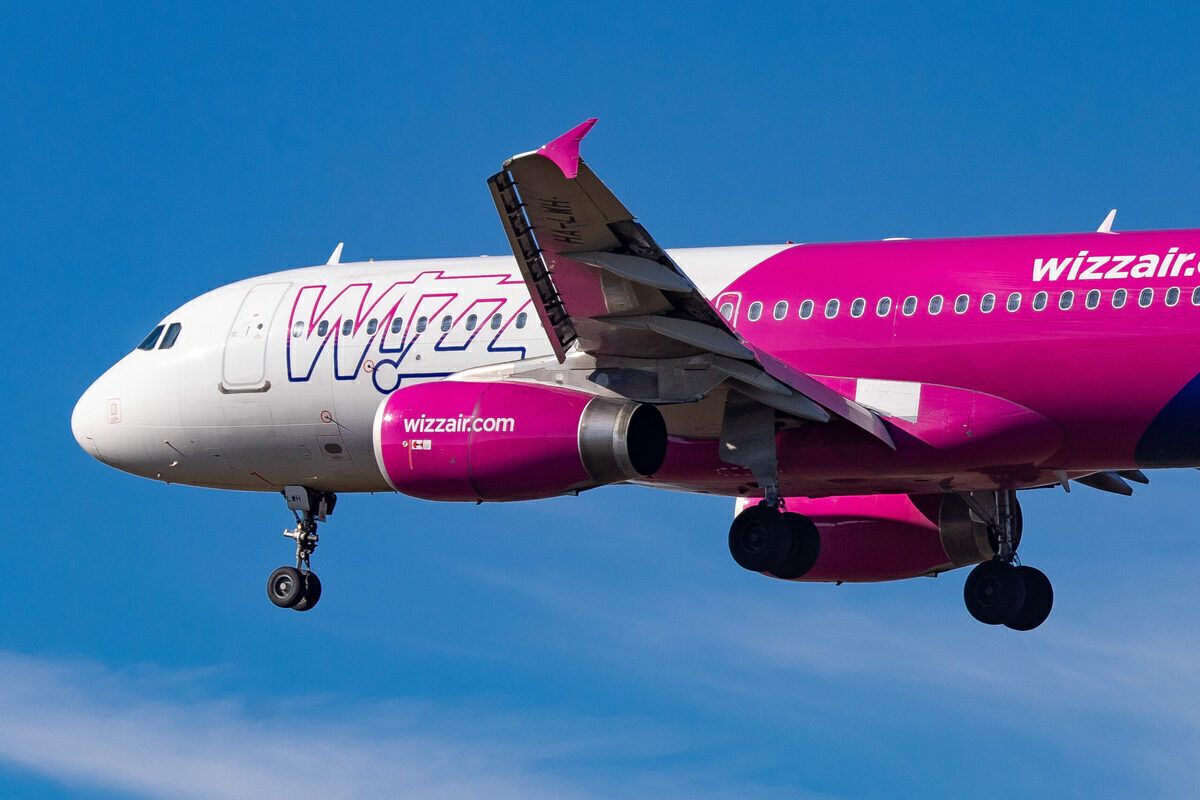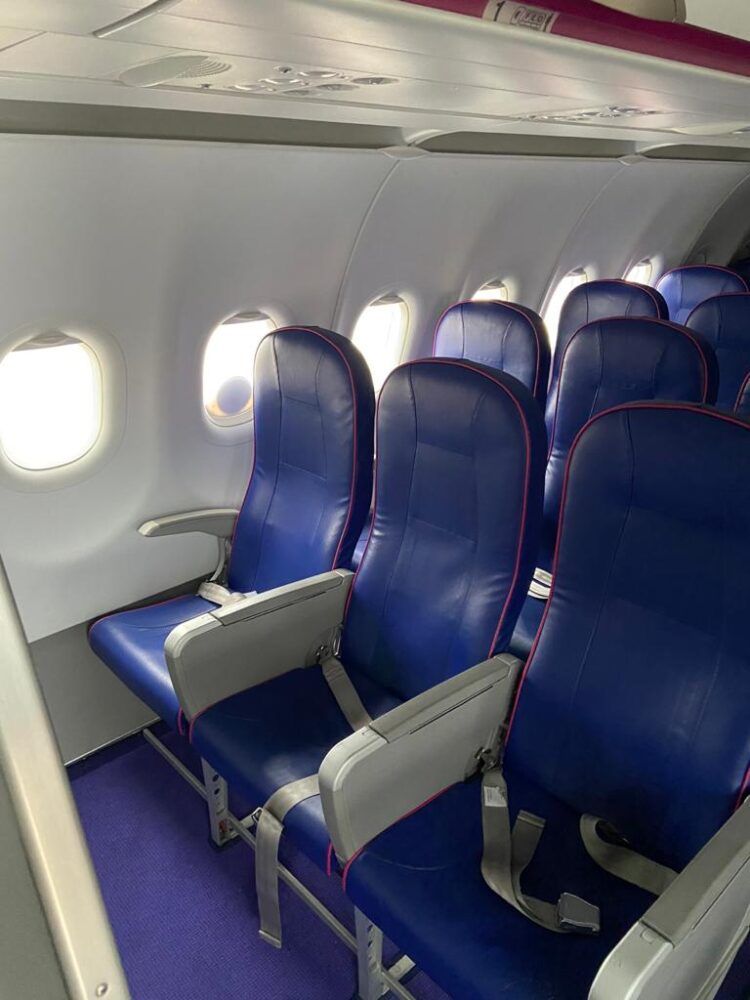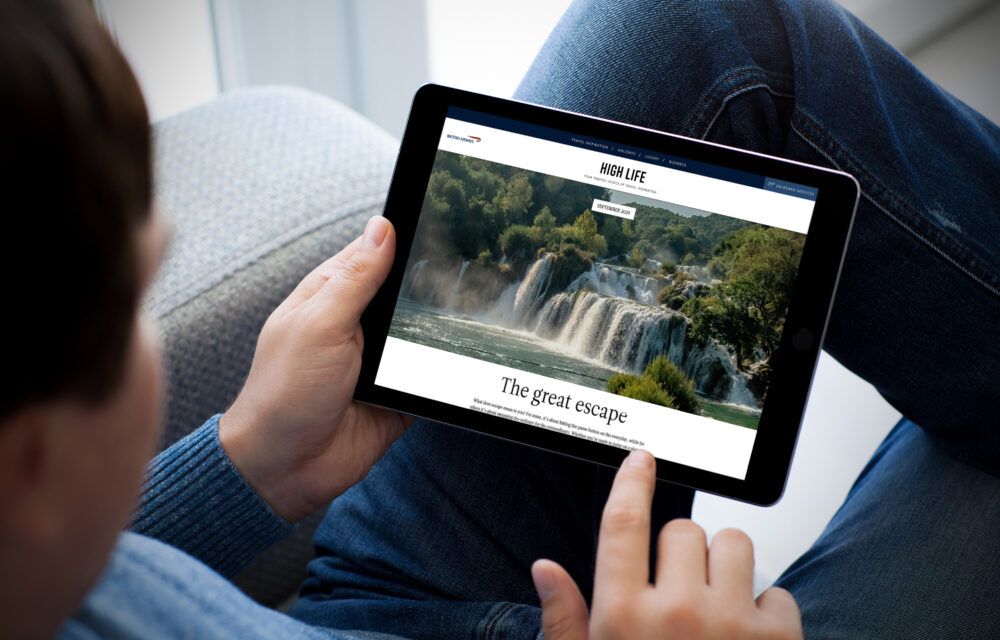If you’re on a low-cost flight, chances are you won’t have WiFi. Despite a trove of evidence suggesting it’s a top demand from passengers, very few low-cost airlines have taken the plunge. Wizz Air CCO George Michalopoulos explained why.
Why ULCCs don’t have WiFi
Not many low-cost airlines offer WiFi connectivity. It’s not for lack of wanting to, but more about the challenges of the economics around this technology. Speaking exclusively to Simple Flying today, Wizz Air CCO George Michalopoulos outlined the issue with getting WiFi onboard. He said,
“We've been approached by a number of suppliers over the years about WiFi on board.
“The key factor for us is that whatever technology we instal onboard does not come at additional cost. So, one, we don't have to pay for the service and two, it doesn't create additional weight on the aircraft. No Wi Fi supplier was ever able to come to us with that.”
Mr Michalopoulos wants free WiFi, and not just for passengers. Wizz operates on a very uncomplicated, stripped-back model, shunning partnerships in favor of simplicity and a truly ultra-low-cost base. Anything that could add to that cost base would be unwelcome. However, the airline is not entirely ignoring the need for connectivity.
“We did talk to a supplier who has a Bluetooth technology, which is much lighter. Yes, it doesn't give full WiFi access, but it allows messaging onboard and that's something we are currently trialling.”
Wizz Air UK is trying out the Bluetooth connectivity option known as fflya, with ground testing of the service completed in June. Just as Michalopoulos wanted, it is typically installed at no cost to the airline. It’s small, lightweight, and self-funding, ticking all the boxes for this stripped-back ULCC.
The technology is in trial stages at the moment, and Wizz seems to be in no hurry to roll it out. However, it could allow passengers to keep in touch with family on the ground in the future, which would be a small step forward.
Are there solutions that tick the box for Wizz?
According to a publication by SkyFive, an air-to-ground (A2G) connection is much lighter than a satellite feed to aircraft. As an example, it says that the additional weight for A2G technology is around 7.25 kg. Whether L, Ku or Ka-band, the equivalent satellite technology would weigh in at around 200 kg.
While any additional weight would be unwelcome, there is a potential offset to consider too. In the typical seatback pocket of a Wizz Air aircraft, we have the evacuation card, sick bag and glossy inflight magazine. Two of those three things need to stay, but with WiFi onboard, Wizz could potentially move its inflight magazine to an app-based solution instead.
This would save weight, but how much weight? While we haven’t had the opportunity to weigh the Wizz Air magazine, we would estimate it to be around 150g all in. With 230 seats on its A321neo, removing the inflight magazine would shave 34.5 kg off every flight it takes. Multiply that up over the hundreds of flights taken per year, and you can see that it starts to add up.
While it’s unlikely Wizz could get a top-of-the-range WiFi connection completely free of charge, it is possible to strike a bargain through sponsorship and advertising deals. However, there would still be a cost involved for Wizz, firstly for moving the mag to digital and secondly for having the plane on the ground for installation.
Perhaps, in time, a provider will come forward with a lightweight, cost-free option for this ULCC. But for now, the message from the Wizz Air CCO is clear,
“Unless it comes in at zero cost and zero weight, or close to zero weight, no. It cannot burden our cost base.”
This article is brought to you by Simple Flying Connectivity, a category on Simple Flying dedicated to inflight connectivity. Click here to read all of our inflight connectivity content.




